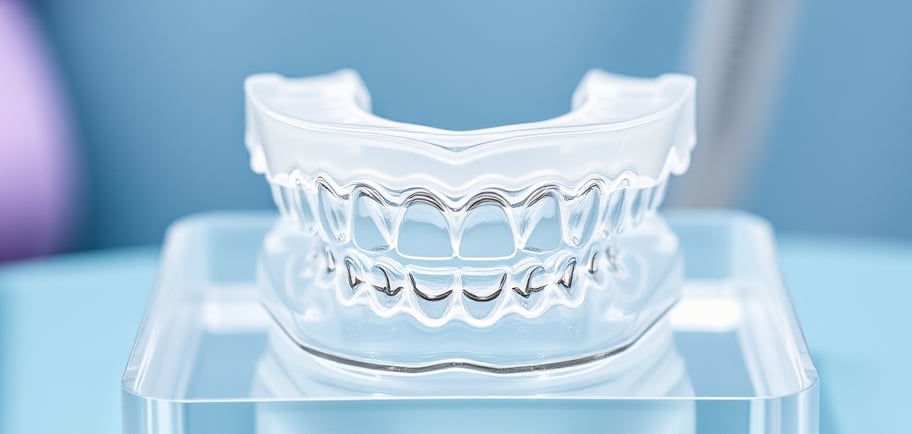Clear Aligners for Patients with Orthodontic Relapse: Effective Solutions for Maintaining Alignment
Orthodontic relapse is a common issue faced by many patients after completing treatment, often causing frustration and concern. It occurs when teeth begin to shift back to their original positions, typically due to inconsistent retainer use, natural aging, or changes in surrounding tissues. While relapse can vary in severity, it’s important to address even minor shifts early on to prevent further movement. Clear aligners provide an effective, discreet solution for managing these shifts and maintaining long-term results. In this article, we’ll explore how clear aligners can be used to tackle orthodontic relapse and highlight recent research supporting their effectiveness.
Azeem Jameel
10/7/20243 min read


Clear Aligners for Patients with Orthodontic Relapse: Effective Solutions for Maintaining Alignment
Introduction
Orthodontic relapse is a common issue faced by many patients after completing treatment, often causing frustration and concern. It occurs when teeth begin to shift back to their original positions, typically due to inconsistent retainer use, natural aging, or changes in surrounding tissues. While relapse can vary in severity, it’s important to address even minor shifts early on to prevent further movement. Clear aligners provide an effective, discreet solution for managing these shifts and maintaining long-term results. In this article, we’ll explore how clear aligners can be used to tackle orthodontic relapse and highlight recent research supporting their effectiveness.
What is Orthodontic Relapse?
Orthodontic relapse refers to the gradual movement of teeth back toward their pre-treatment positions. This can occur for a variety of reasons:
Inconsistent Retainer Use: Retainers are designed to hold teeth in place after treatment, but many patients stop wearing them or wear them inconsistently.
Aging and Bone Changes: Over time, changes in the jawbone and surrounding tissues can naturally cause teeth to shift.
Tissue Pressure: The constant pressure from soft tissues, such as the tongue or lips, can also push teeth out of alignment.
Even though the relapse might seem minor initially—like a small gap reappearing or slight crowding—it can worsen if not addressed. Clear aligners offer a non-invasive way to correct this, often more comfortably and discreetly than traditional braces.
How Clear Aligners Can Help Correct Relapse
Clear aligners have become an increasingly popular option for treating orthodontic relapse because they offer a highly customizable and patient-friendly solution. Unlike traditional braces, which require brackets and wires, clear aligners work by gradually shifting teeth using a series of removable plastic trays. For patients experiencing relapse, clear aligners offer several unique benefits:
Customized Treatment for Specific Shifts: With the use of digital scanning and 3D imaging technology, orthodontists can create aligners that are tailored to each patient’s specific relapse. This ensures precision in targeting areas where slight misalignments, such as spacing or crowding, have occurred.
Comfort and Convenience: Clear aligners are made from smooth plastic, which means no metal brackets or wires that can irritate the mouth. Patients can remove the aligners for eating and cleaning, making daily life easier while still addressing the relapse effectively.
Gradual and Controlled Movement: Aligners apply gentle, controlled pressure to move teeth back into alignment. This gradual process is less likely to cause complications, like root resorption, that can occur with more aggressive forms of orthodontic treatment.
The Advantages of Clear Aligners for Relapse Management
When it comes to managing relapse, clear aligners stand out as an appealing option for both patients and practitioners due to several factors:
Aesthetic Appeal: Perhaps the most well-known advantage of clear aligners is their nearly invisible appearance. For adults or professionals who want to correct their smile discreetly, aligners provide the perfect solution.
Shorter Treatment Duration: Orthodontic relapse often involves minor movements, meaning that treatment with aligners is usually quicker than initial orthodontic care. Patients typically require only a few months of wear to restore their smile, as opposed to years of braces.
Increased Compliance: Aligners are easy to wear and don’t come with the food restrictions or discomfort that braces do. This ease of use increases patient compliance, which is crucial for achieving successful outcomes. Research from 2024 has shown that patients are more likely to adhere to aligner treatment regimens compared to braces, leading to better and faster results in relapse cases.
Removability for Hygiene: Being able to remove aligners for meals and brushing is a significant advantage over braces. This allows patients to maintain excellent oral hygiene during treatment, reducing the risk of plaque buildup and gum issues that can sometimes arise with traditional orthodontics.
Clear Aligners and Retention: Preventing Future Relapse
For long-term success, the use of retainers after relapse correction is just as important as after initial treatment. In fact, many clear aligner systems also offer retainers that can help maintain alignment once the relapse has been corrected. After completing aligner treatment, patients are typically advised to wear their retainers consistently—often at night—to prevent any further shifts.
Orthodontic research continues to emphasize the importance of a robust retention plan. According to recent findings, combining clear aligners with long-term retainer use can significantly reduce the risk of future relapse. This hybrid approach, where clear aligners address the immediate issue and retainers maintain the results, ensures that patients can keep their newly aligned smiles for the long haul.
2024 Research Highlights
Recent studies in 2024 have underscored the effectiveness of clear aligners in managing orthodontic relapse, particularly for adults who may have experienced relapse after years without orthodontic.

Connect
Social Accounts
+1 830 7451 586
Building 595, Block H3, Phase 2
Johar town, Lahore Pakistan
Address
Mail at:
Call at:


ClearCare Ortho offers premium-quality, exceptionally clear, and affordable orthodontic aligner treatments worldwide.
© 2023 Copyright ClearCare Ortho All Right Reserved.
info@clearcareortho.com
